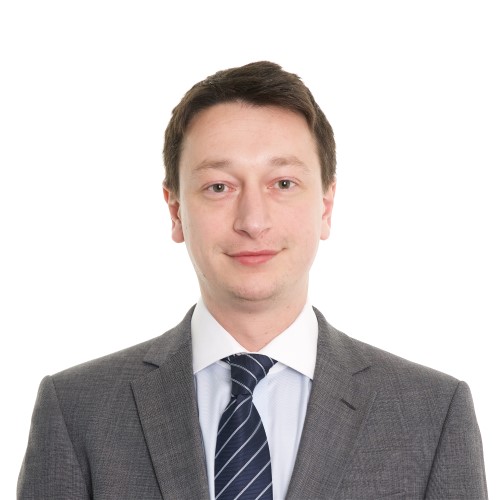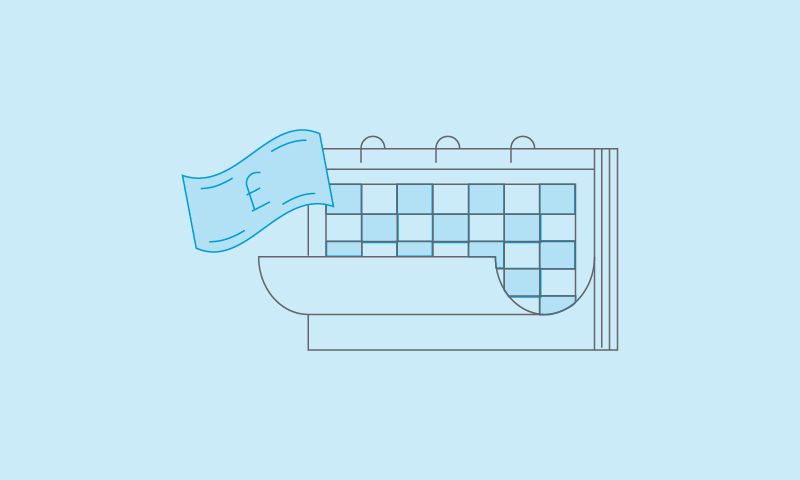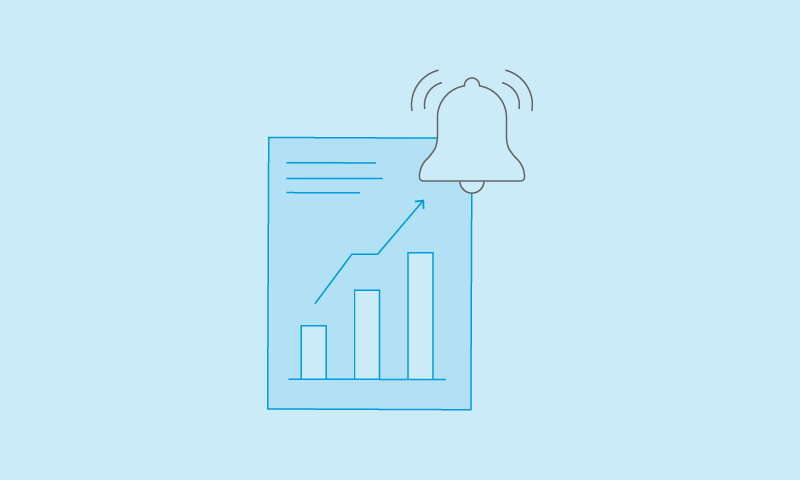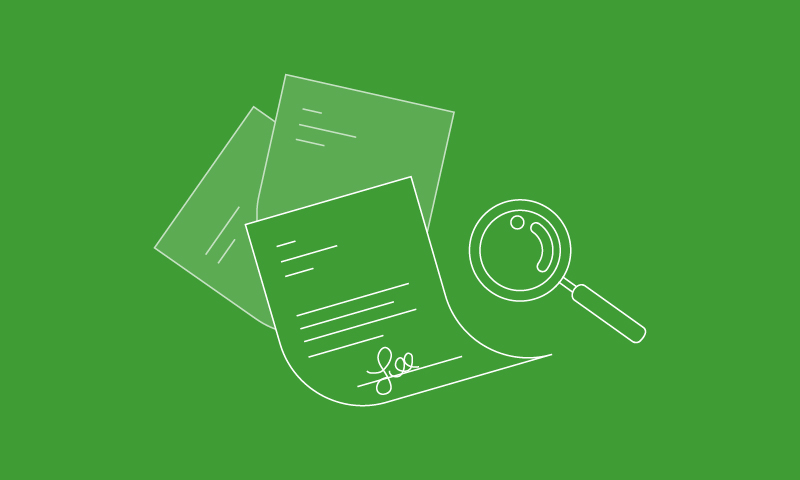01 November 2022
Until recently, NHS pension scheme members with earnings in excess of £150,000 were those members experiencing the highest tax charges, due to the rules regarding tapering of the annual allowance. However, current high levels of inflation now pose a bigger threat with the prospect of pension pot growth exceeding the £40,000 pension annual allowance becoming an increasing risk that could soon bring costly tax bills for more NHS workers.
The issue arises due to how the growth in NHS pension funds is calculated. A change made on 1 April 2022 has resulted in all active members now accruing benefits using their career average revalued earnings (CARE) rather than their final salary. Scheme benefits in the current 2015 scheme are based on pensionable pay and then revalued using the consumer price inflation (CPI) increase from the previous September plus 1.5%. In September 2021, the CPI increase was 3.1%. The equivalent figure for September 2022 is 10.1%.
What has long been thought of as something only concerning high earning healthcare workers at the end of their careers could now be affecting many more, much earlier in their careers. If we take a basic example of a doctor at the end of their third year of being a consultant with pension rights built up of £6,000 in April 2022, multiplying that by the scheme specified factor of 16 gives a pension value of £96,000. This then equates to a value of £100,416 once the CPI increase for September 2021 has been factored in.
Fast forward to the end of their fourth year in April 2023, those pension rights would be approximately £8,000. After taking into account the CPI increase of 10.1% plus the additional 1.5% uplift, the total pension rights would be £8,928, resulting in a pension value of £142,848.
The growth for the year would therefore be £42,432, which exceeds the annual allowance. This is for a doctor at a fairly early stage of their career who, as a result, is already having to consider the possibility of paying additional tax for exceeding their annual allowance. Healthcare workers that are further on in their careers will feel the effect of this even more, and those who are members of both the 1995/2008 and 2015 schemes could be hit with their biggest tax bills to date.
Substantial pension pot growth is, of course, good news, but the current growth is mainly attributable to playing catchup with inflation. A potentially significant annual allowance charge unless unused carried-forward allowance is available, however, is another in a long line of tax headaches for healthcare workers. At a time when the NHS is under intense pressure, the possibility of members reducing hours and refusing additional responsibilities to avoid such headaches is a scenario best avoided.

AUTHOR








